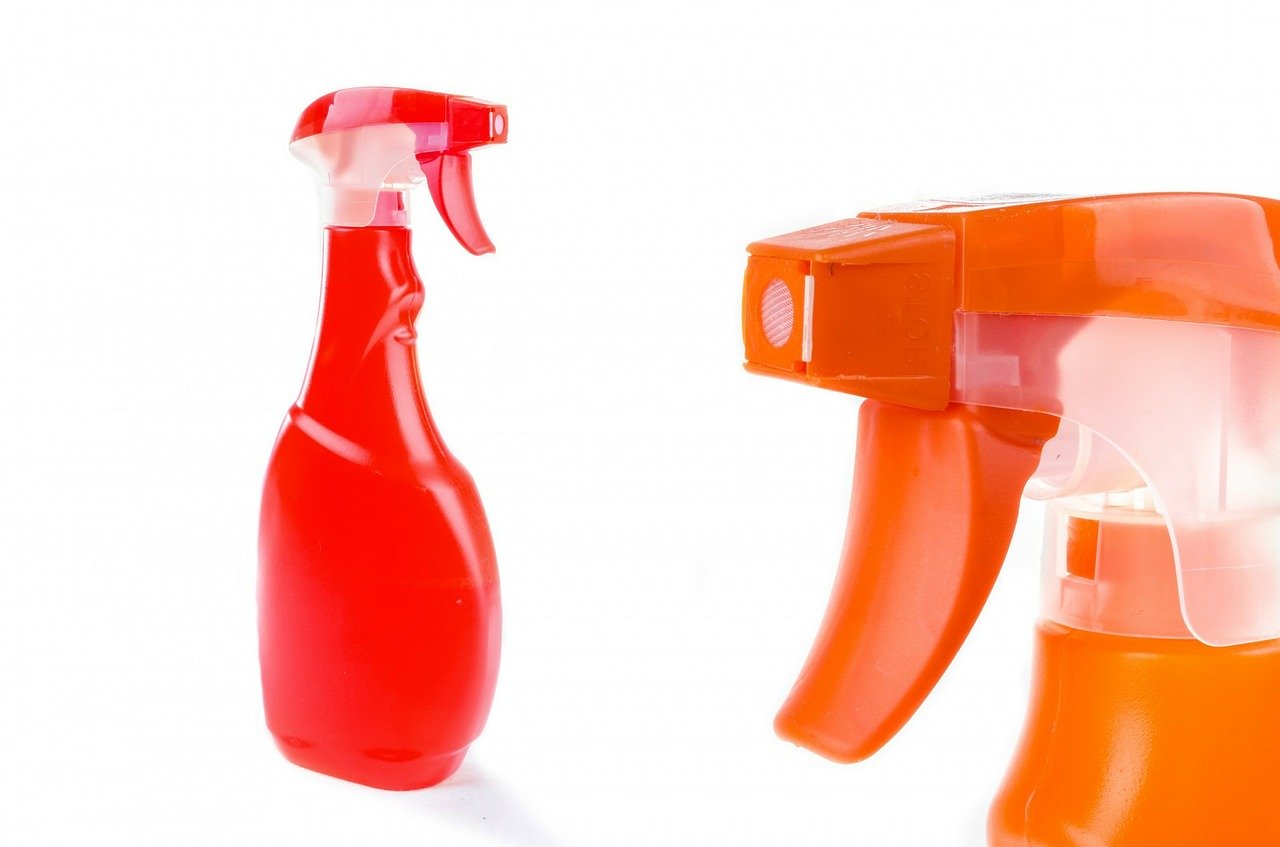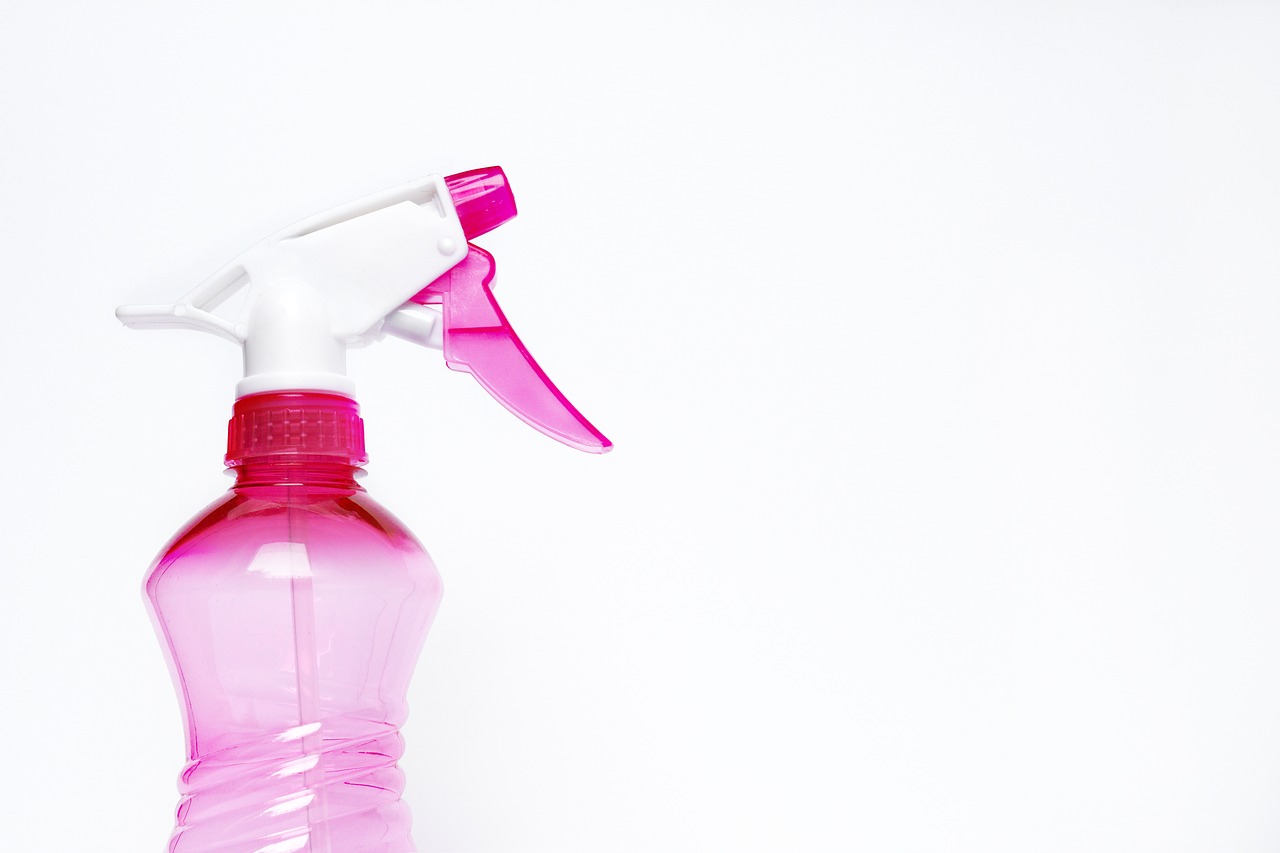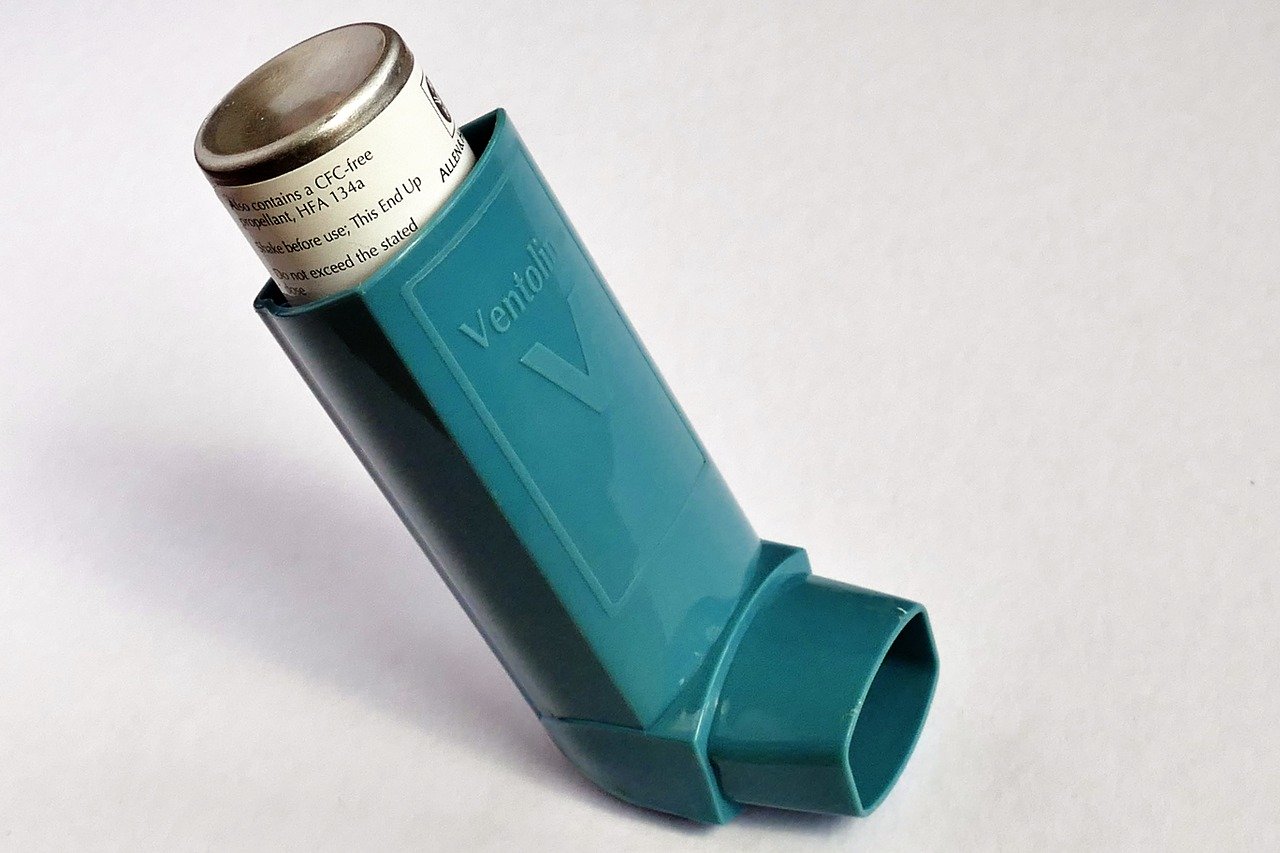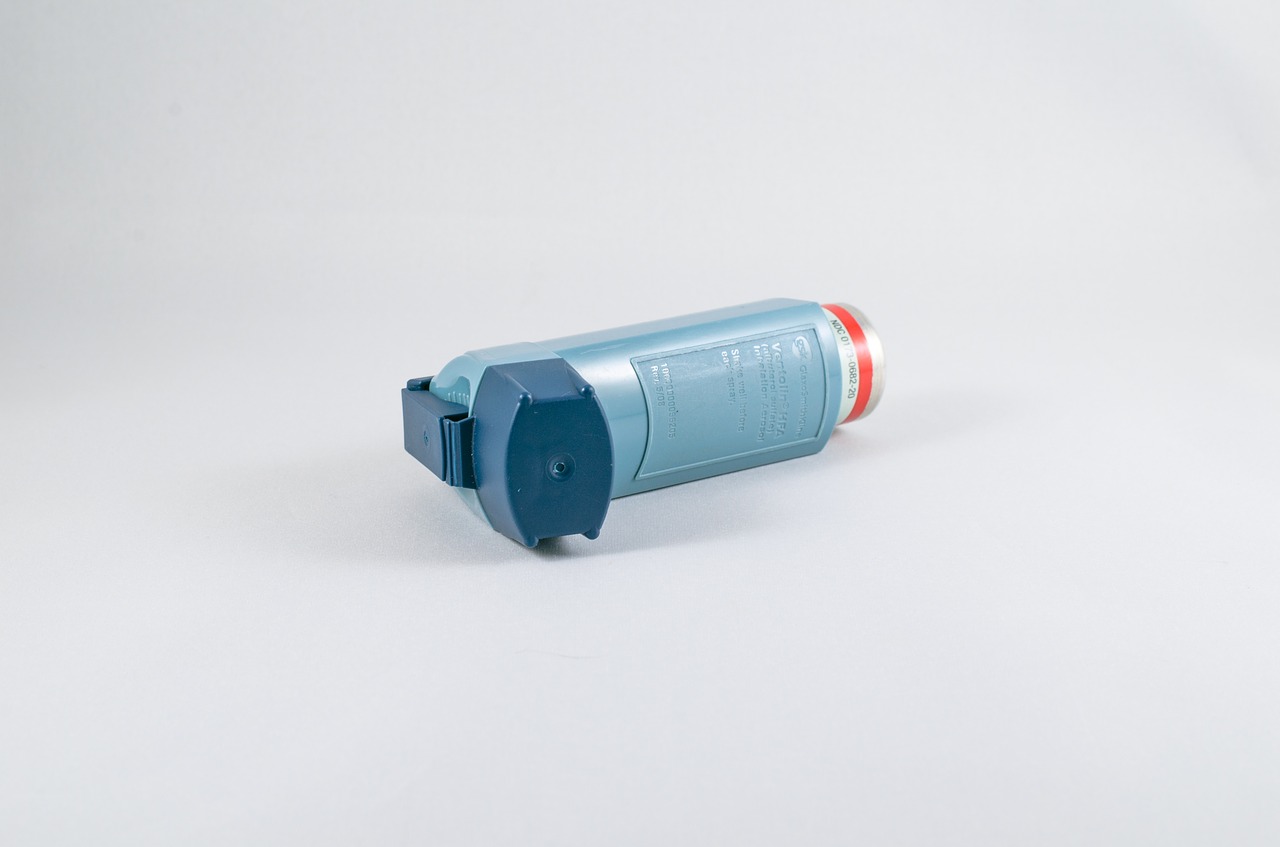In December 2018 researchers from The Netherlands published the results of their study to identify factors in the home environment that are associated with levels of fire retardant chemicals in … Read more
Cooking does not consistently reduce the levels of per-and poly-fluoroalkyl substances found in seafood and cannot diminish dietary exposure
In May 2019 researchers from Australia published the results of their study to assess whether different cooking methods can potentially change the levels of per-and poly-fluoroalkyl substances found in seafood. … Read more
Reduced physical activity with a greater sedentary lifestyle appears to increase the risk of ear, nose and throat medical conditions in children and adolescents
In February 2020 researchers from Poland published the results of their study to assess the association between physical activity with the development of ear, nose and throat medical conditions. Information … Read more
There is no indication of an increased incidence of asthma, rhinitis or eczema in adolescents living in households with a high use of cleaning agents
In July 2019 researchers from The Netherlands published the results of their study to assess the association between the use of household cleaning agents with the incidence of asthma, rhinitis … Read more
Phthalate levels in dust from homes were found to be stongly associated with modern flooring materials (laminated wood/wood), modern window frames (aluminum/plastic steel), leather polish and and perfume
In February 2020 researchers from China published the results of their study to assess exposure levels to phthalates in Chinese homes and to relate these to building materials and lifestyles. … Read more
Frequent use of household cleaning products in early life appears to be associated with an increased risk for childhood wheeze and asthma but not atopy at age 3 years
In February 2020 researchers from Canada published the results of their study to assess the association between use of household cleaning products in early life and childhood respiratory and allergic … Read more
Air freshener sprays may contain chemicals not listed on the product label which can cause irritation and other health problems in susceptible individuals
In November 2019 researchers from the UAE published the results of their study to ascertain whether there were compounds in air freshener sprays that had not been disclosed on the … Read more
Phthalates have been found in urine samples of couples undergoing in vivo fertilization treatment
In April 2019 researchers from Saudi Arabia published the results of their study to assess the effect of phthalate exposure in individuals undergoing in vitro fertilization. Phthalates are chemicals used … Read more
There appears to be an association between asthma onset and exacerbation with cleaning and disinfecting activities in a number of industries, including healthcare
In March 2019 researchers from the USA published the results of their study to assess the association between asthma and related outcomes with occupations and tasks in healthcare workers in … Read more
The use of bleach and high-level disinfectants in the healthcare industry may increase the risk of asthma symptoms
In April 2019 researchers from the USA published the results of their study to assess the association between similar patterns of cleaning and disinfecting activities with asthma symptoms. A total … Read more
Air fresheners or deodorizers, scented laundry products, being in a room cleaned with scented products or being near someone wearing a fragranced product may cause asthmatics to experience respiratory problems, migraine headaches or asthma attacks
In January 2018 researchers from Australia and the USA published the results of their study to assess the incidence and types of effects fragranced products have on asthmatics in the … Read more
Women cleaning at home or working as occupational cleaners appear to have an accelerated decline in lung function, suggesting that exposure to both cleaning sprays and other cleaning agents may constitute a risk to long-term respiratory health
In May 2018 researchers from the European Community Respiratory Health Survey based in Norway, Spain, Sweden, Germany, France, Italy, Switzerland, Denmark, and the UK published the results of their study … Read more
The commonest cleaning agents causing occupational asthma appear to be chlorine-releasing agents, quaternary ammonium compounds and aldehydes
In November 2018 researchers from the UK published the results of their study to assess the type of cleaning agents which appear to be responsible for occupational asthma. A total … Read more
Most asthmatics would prefer workplaces, healthcare facilities and other environments to be fragrance-free as this could help reduce adverse effects
In November 2018 researchers from Australia and the USA published the results of their study to assess the incidence and types of health problems associated with exposure to fragranced products … Read more
A high use of disinfectants appears to be associated with an increased risk of asthma and wheezing in young adults
In September 2017 researchers from Germany, Switzerland and The Netherlands published the results of their study to assess the association between the private use of household sprays and disinfectants with … Read more
Exposure to conventional household disinfectants is associated with higher BMI at age 3, whereas the use of eco-friendly products is associated with a reduced risk of overweight or obesity
In September 2018 researchers from Canada published the results of their study to assess the association between maternal report of cleaning product use and overweight at age 3, and whether … Read more
Environmentally friendly bleach is an effective alternative to conventional bleach although a combination of distilled white vinegar, club soda and tea tree oil may be an adequate alternative for cleaning ceramic and for household use where complete elimination of micro-organisms is unnecessary
In November 2015 researchers from the USA published the results of their study to assess three products for (a) cleaning effectiveness on ceramic and stainless steel surfaces, and (b) disinfection … Read more
Perchlorate
Perchorlate, in large amounts, has the ability to interfere with thyroid function as it interferes with iodine uptake, and individuals exposed to excessive amounts of perchlorate for a long time … Read more
Vulnerable individuals, such as those with autism or autism spectrum disorders, can be profoundly, adversely, and disproportionately affected by exposure to fragranced consumer products
In October 2018 researchers from Australia and the USA published the results of their study to assess the effect of fragranced consumer products, such as cleaning supplies, air fresheners, and … Read more



















